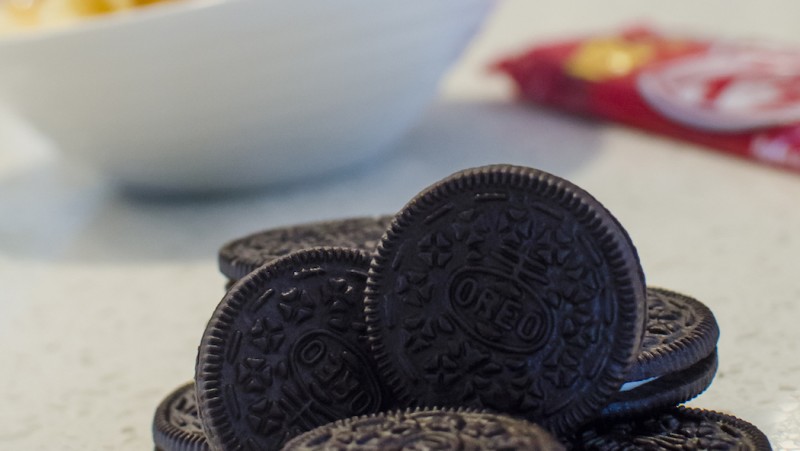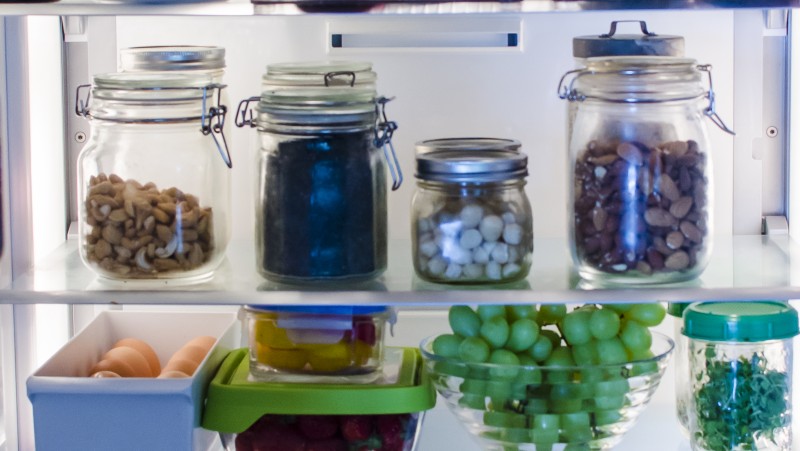Part of eating mindfully involves understanding how your body digests food. Once you grasp this, it brings a whole new awareness. It’s essential to fully comprehend what the food you eat, and the way you eat it, does to your body. While you might think digestion is a boring subject, gaining knowledge about it is important to change your relationship with food for the better, and achieve optimal health.
So what is digestion? It is simply the breakdown of large food molecules into small food molecules that are more easily absorbed into the blood stream.
How to Improve Your Digestion
Every step in the digestion process requires energy. The more energy you use to digest food, the less energy you will have available to do all the other things you need your body to do, such as healing and regenerating itself. In her book Body Ecology, nutritionist Donna Gates recommends following the 80/20 principle. Basically, you eat until you are 80 percent full and leave 20 percent of your stomach empty to allow for proper digestion.
You can also help your digestive system by doing the following:
- Drink a good supply of the right kind of water daily.
- Eat a good balanced diet with the right mix of carbohydrates, fats, proteins, high fiber foods, and a healthy supply of vitamins and minerals.
- Chew your food until it is liquefied. This is very important.
- Enjoy your food. Eat slowly and mindfully.
- Avoid stressful eating. If you are overstressed, your body is so busy dealing with your stress that it has no time to deal with digestion or absorption of nutrients. You can stress or digest; you cannot do both.
- Do not overeat. This is less likely to happen if you slow down your eating.
- Avoid exposure to artificial food additives, colorings, and preservatives.
- Take a digestive enzyme supplement with your meals to boost your digestive juices and alleviate all the typical digestive problems. Digestive enzymes are produced naturally by your body; however, these enzymes often become depleted, particularly if you are older.
- Drink a glass of water while you are cooking to stimulate your digestives juices. Do not drink while you are eating your meal as it can dilute your digestive enzymes that need to be emulsified while you chew.
- Try adding a teaspoon of apple cider vinegar to four ounces of water fifteen minutes before you eat a meal to increase the production of hydrochloric acid which is necessary to break down protein in the gut and may aid cellular absorption of glucose.
Digestive Aids
Probiotics
Probiotics are live microorganisms that help fight bad bugs in your gut, improve intestinal health, and are important to any discussion about digestion. There are many different strains of these beneficial organisms that reduce the risk of infection by conquering dangerous organisms and suppressing inflammation. Probiotics promote the function of the intestinal inner lining to act as a barrier to potentially dangerous organisms and chemicals. Many problems can arise if the organisms in your gut are not balanced, including inflammatory bowel disease, heart disease, cancer, metabolic syndrome, asthma, allergic disorders, and even obesity. Pollution, stress, overuse of antibiotics, and the simple fact of aging all assist in the breakdown of a healthy gut. Probiotics can help restore the balance and treat lactose intolerance, diarrhea, inflammatory bowel diseases, and irritable bowel syndrome.
Tracy Piper is a cleanse and internal fitness expert to many celebrities and offers her insider’s secrets in her book The Piper Protocol. A fabulous read that includes the best guide I‘ve ever seen on probiotics. Tracy believes that “the more species of probiotics you take, the better,” and it’s a good idea to rotate them. She points out that “there are also a broad number of species and strains that do specific things in the body so you can customize your probiotic supplements.” You really need to purchase Tracy’s book to get the full list along with a lot of really interesting information. Tracy offers a few other great tips on probiotics:
- Look for a list that outlines the genus, species, strain, and the number of probiotics; fifty billion is ideal. Avoid if you see “proprietary blend” or “synthetic” enteric coating.
- For best results, take probiotics every day, ideally on an empty stomach first thing in the morning.
- Your mouth has more bacteria than anywhere else, so break open a capsule, mix with a little water and swish between your teeth and into your gums on a daily basis.
- To increase your strength and muscle mass, take an additional probiotic with your protein. It will enhance protein utilization.
- For better preservation, all probiotics should be refrigerated even if they say no refrigeration and keep out of extreme heat.
- You can take probiotics as often as three times per day.
- Fermented foods were around long before probiotic supplements ever arrived on the scene and are excellent. Ideally you want to find brands with no added sugar, coloring, bindings or too much salt. This is covered more full in the “Fermented Foods” section of The Power of Healthy Living.
Enzymes
Like probiotics, enzymes are important to digestion and are either produced by your body or introduced to your body through the food you eat. Enzymes break down food to absorb the available nutrients. You can be eating a perfectly healthy diet, but if your body does not have enzymes, your body is not equipped to absorb all the goodness from the food. According to Tracy Piper, enzymes also metabolically “repair and digest unwanted debris in the blood and body, like bacteria, cellular debris and viruses.” If this is not happening, you can get sick and feel older and less energetic. Avoiding stress, living a healthy lifestyle, eating the best enzyme-rich foods, and taking good-quality supplements will keep an abundant supply of enzymes in your body. Fresh, whole, raw, sprouted, fermented food that is still alive will have the most plentiful supplies of enzymes. The closer to nature the food is, the better. Cooked, processed, or dead food is devoid of enzymes. If eating too much raw food is a real chore for you, try juicing and blending to incorporate enzymes into your diet.
There are many different enzymes that are necessary for breaking down food. They fall into three major food groups: lipase for fat, amylase for carbohydrates, and protease for protein. Your body should produce these enzymes naturally; however, this unfortunately doesn’t always happen, often because of not properly chewing your food or eating too much processed food. Getting older also lessens your body’s ability to produce enzymes for the simple reason that your body does not function as well. Finally, a diet that is not properly balanced with sufficient supplies of vitamins and minerals can hamper your body’s ability to produce adequate enzymes. Changing all of these habits may still provide an inadequate supply of enzymes. I try to remember to take digestive enzymes right before each meal. If I’m going to make the effort to eat the perfect food, I want to make sure my body is getting maximum benefits from the nutrients.
For more detailed information on Digestion, pick up your copy of the Recipes for Life Boxed Set.
Access your complementary recipe here.
Health Coach Rita Thomas and Chef Erin Holm hope to inspire families, friends and communities to live happier, healthier and more delicious lives.










